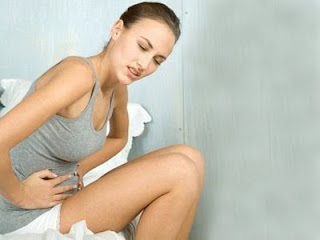Pain related to Rheumatoid Arthritis
Nursing Diagnosis and Interventions for Pain related to Rheumatoid Arthritis
Rheumatoid arthritis (RA) is the most typical way of inflamed arthritis, impacting roughly two thousand People in america. It is a serious, wide spread, auto-immune motivated condition for which there is no treat.
Among the multisystem functions of the condition is the capability to assault and eliminate not only combined cells, but also other body techniques such as the eye, cuboid marrow, respiratory program, side-line neurological program as well as improve the occurrence of center activities such as cardiac issues.
Researchers have observed that this disorder is highly common among women, as compared to of men. It usually strikes between the ages of 20 to 50. Moreover, the major parts of the body that are affected by the disease or the major signs of RA are the wrist joints and finger joints closest to the hands. Sometimes, this disease can also give rise to occasional fevers, nausea or have fatigue. There are several people all across the globe who has been suffering from this disease from several years. Since it gives you lot of pain and uncomfortably to the body, it is essential to get rid of this disease as soon as possible. Volunteering for the rheumatoid arthritis trials is the best way to get right solution.
Pain related to the pathological changes by Rheumatoid Arthritis
Objective: The need for a sense of comfort are met, or the client avoid pain
Interventions actions:
1. Rest as needed (bed rest).
Rationale: This can help reduce musculoskeletal stress, reduce muscle tension, increase relaxation and fatigue can lead to pain.
2. If the client is planned to use the splint, or brace.
Rational: It can prevent further deformity.
3. Avoid quick movements and sudden.
Rationale: because it can lead to dislocation and stress on the joints.
4. Perform maintenance with particular care to the members of the body of the sick.
Rationale: Because of the coarse movements will increasingly cause pain.
5. Use heat therapy such warm compresses on the area / parts of the body.
Rational: Heat can improve circulation, relaxation of muscles, reduces stiffness. It might also help spending endorphins which is a kind of morphine that is produced by the body.
6. Make skin care and massage gently.
Rationale: This helps increase blood flow muscle relaxation, and inhibit pain impulses and endorphins stimulate spending.
7. Provide appropriate medication therapy eg physician, analgesic, antipyretic, anti-inflammatory.
Rationale: Reduces pain.


Comments
Post a Comment